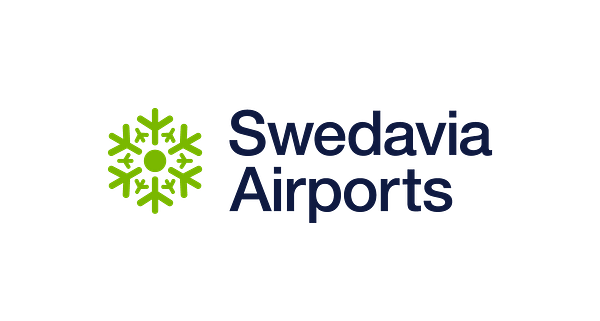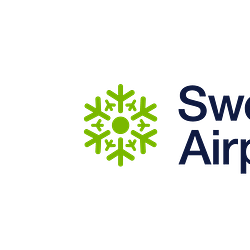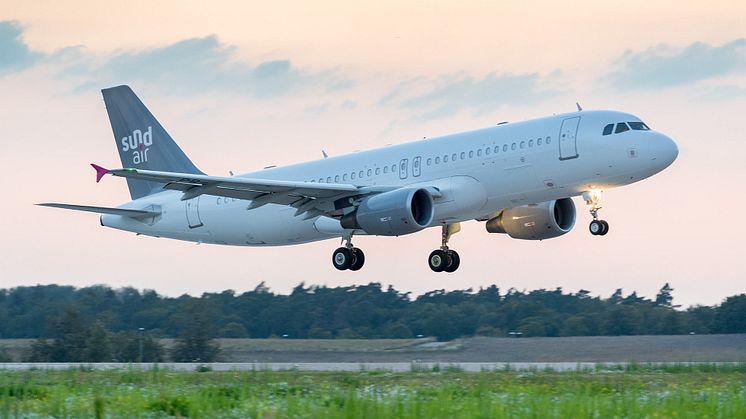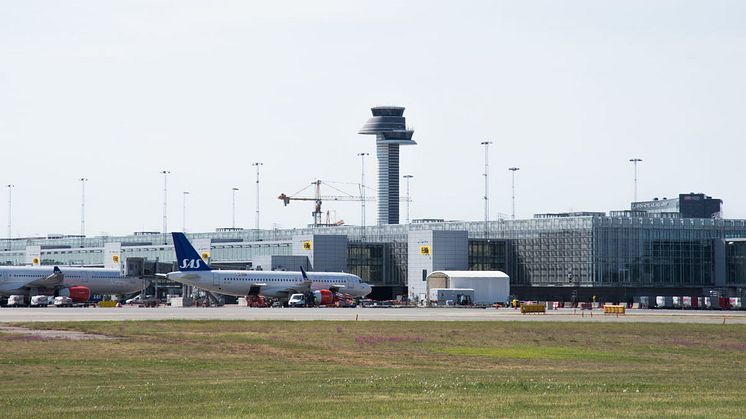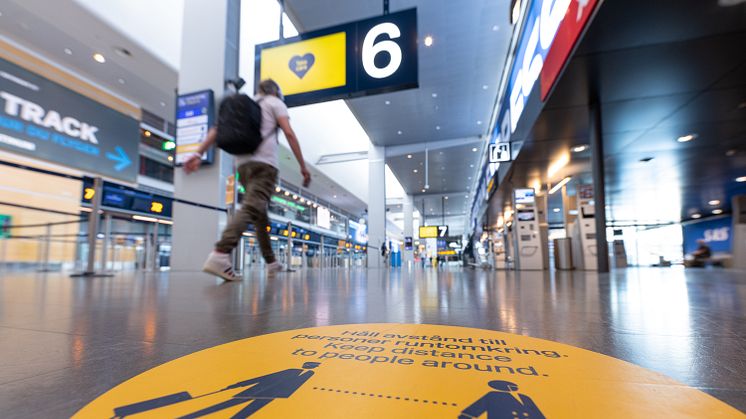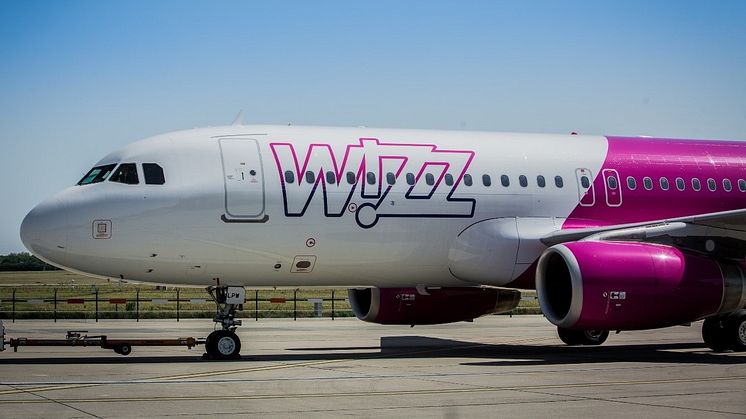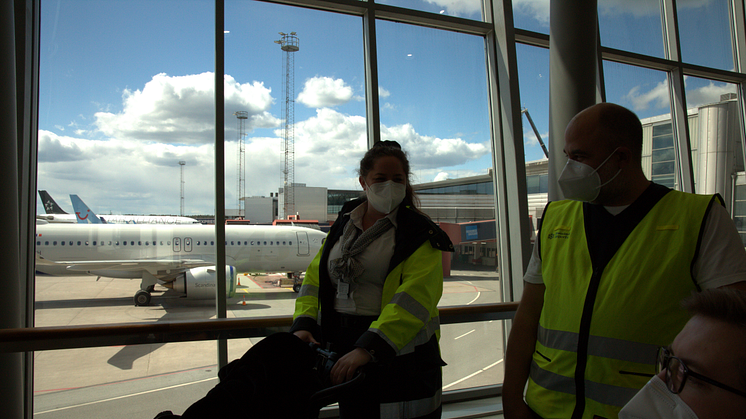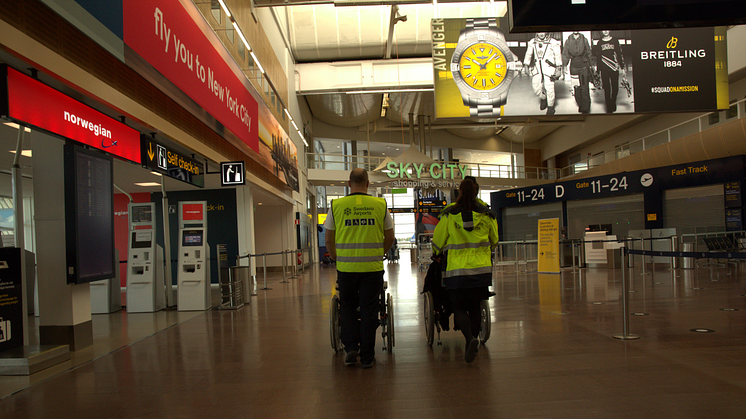
Press release -
Swedavia’s traffic statistics for January 2021
During January, 342,000 passengers flew via Swedavia’s ten airports, a decrease of 87 per cent compared to January 2020, when Swedavia had 2,670,000 passengers. Air travel in January continued to be strongly affected by the coronavirus pandemic and new travel restrictions. Despite ongoing vaccination efforts, air travel is expected to be sharply limited in the months ahead.
“January is the eleventh straight month in which the Covid-19 pandemic has had a sharply negative impact on air travel, which is still at historically low levels. The spread of the disease and travel restrictions have once again increased both in Sweden and elsewhere in the world, which means a new downward trend for air travel early in the year,” says Jonas Abrahamsson, Swedavia’s president and CEO.
“In our view, demand will thus continue to be sharply limited in the nearest of months. The vaccination efforts now being carried out are absolutely critical to the world opening up again, but also for a recovery in air travel and our possibility to meet and socialise again,” says Jonas Abrahamsson.
Of the total 342,000 passengers in January, 222,000 were international passengers, a decrease of 88 per cent compared to January last year, when 1,813,000 passengers flew internationally. Domestic travel decreased 86 per cent to 120,000 passengers compared to January last year, when the number of domestic passengers was 857,000.
At Sweden’s biggest airport, Stockholm Arlanda Airport, air travel decreased 86 per cent to 229,000 passengers in January compared to the same month last year. International travel decreased 88 per cent to 168,000 passengers, while domestic travel decreased to a lesser extent, by 82 per cent, to 61,000 passengers.
At Göteborg Landvetter Airport, air travel decreased 89 per cent to 47,000 passengers in January. International travel during the period decreased 89 per cent, while domestic travel decreased 90 per cent.
Bromma Stockholm Airport was the airport that continued to show the largest decrease in early 2021 as well, with a decrease of 98 per cent.
At Swedavia’s seven regional airports, passenger volume decreased between 71 per cent and 94 per cent to 62,000 passengers in January. Kiruna Airport and Luleå Airport continue to be the airports that did best in January, with a decrease of 71 per cent and 79 per cent respectively.
Traffic statistics for Swedavia’s airports are available (in Swedish) under “Om Swedavia/Statistik”: https://www.swedavia.se/om-swedavia/statistik/.
More information about the safety and infection control measures Swedavia has taken for our passengers is available at www.swedavia.se. See for example: https://www.swedavia.com/arlanda/before-your-journey/.
For further information, please contact Swedavia’s press office at +46 (0)10-109 01 00 or press@swedavia.se.
Topics
Categories
Swedavia is a State-owned group that owns, operates and develops ten airports across Sweden. Our role is to create the access Sweden needs to facilitate travel, business and meetings – in Sweden, in Europe and around the world. Safe, satisfied passengers are the foundation of our business. Swedavia is a world leader in developing airports with the least possible environmental impact. The Group has revenue of over 6.2 billion Swedish kronor and some 3,000 employees.
